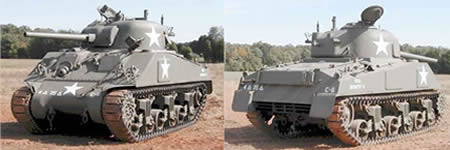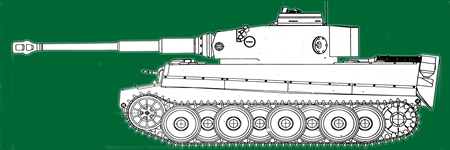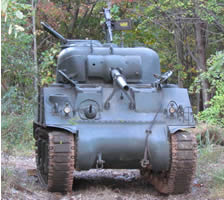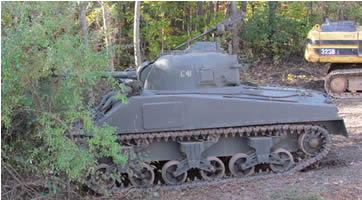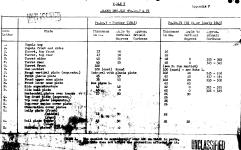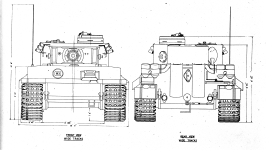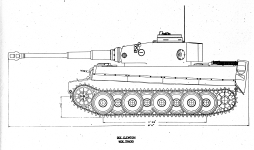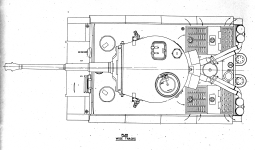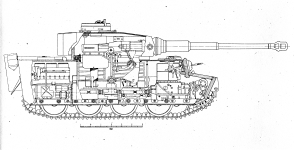|
Get
to know your VMMV staff & vehicles
In this
section we introduce you to the people and armor of the Virginia
Museum of Military Vehicles. We will chat with the VMMV staff,
so that you can get to know the people who "keep 'em running"
and work so hard behind the scenes. And also provide a behind-the-scenes
look into the history of individual vehicles in the VMMV collection.
In this, our twenty-first newsletter, we highlight one of the
most iconic tanks of all time present in VMMV’s arsenal.…the
M4A3 Sherman of our headline paragraph.
The genesis
of the Sherman M4A3 began in late 1941 when a search for new
power plants for the Sherman tank series led the Ford Motor
Company to modify one of their experimental eight-cylinder aircraft
engines for use in a tank. The gasoline-powered engine made
500 horsepower (HP) and went 85 hours on the test stand in its
first running, demonstrating high reliability.
The US
Army quickly realized the high power output, compact design,
and excellent power-to-weight ratio of the new engine—designated
the Ford GAA—and the Ordnance Committee in January 1942
authorized the Ford engine for use in the Sherman. The new tank
variant was designated the M4A3 and was destined to soldier
on with the US Army thru WWII and well into the next decade.
We don’t
know too much about the history of VMMV’s M4A3, but what
little we do know demonstrates how such vehicles can have a
long and storied career. We don’t know when our M4A3 was
built, or if it saw combat in WWII, but we do know it was purchased
by Israel and sent to Canada. There it was modified for use
as a test bed for the Israeli Super Sherman (Yes, VMMV has a
Super Sherman too, so stay tuned to these spaces for an upcoming
profile of that vehicle!)
Since the
vehicle had no engine and the engine bay had been modified for
the Super Sherman tests, VMMV staff and volunteers knew they
had some work to do. We had to build completely new engine mounts
from scratch…not a simple task when you are talking about
being strong enough to handle 500 HP driving a 30 ton tank!
At the
same time, VMMV’s skilled mechanics began preparing a GAA
engine we had in stock. Although we didn’t have an M4A3
at the time we acquired the GAA, we never pass up the opportunity
to put such a rare item into our spare parts bin. After a thorough
checkout, we fired up the GAA and after a cough or two of smoke,
she purred like a kitten.
After the
successful test, VMMV began the delicate process of installing
the GAA into our M4A3. Very carefully we swung the GAA up and
into the Sherman’s engine bay. After much eyeballing and
small adjustments, the GAA engine was carefully set down….a
perfect fit. VMMV staff and volunteers quickly swarmed over
the now complete M4A3 to connect the GAA to the tank…hose
connections, fuel, oil etc. All were checked and re-checked.
Finally,
the big day arrived….time to bring the armored beast to
life. Mechanics gathered round with fingers crossed, but they
had all done their work well. The GAA fired up and ran superbly,
just like her predecessor in 1941. Applause broke out and smiles
were in abundance as VMMV’s talented crew had breathed
life into another historical relic.
Not only
does VMMV’s M4A3 have an interesting history….she
is also a movie star!!!! Look for her in Clint Eastwood’s
Oscar-nominated movie “Flags of Our Fathers.” For
that movie, we painted her with the designator “C41”
and added wooden side armor, like many tanks sported in the
Pacific Theater of Operations.
|

